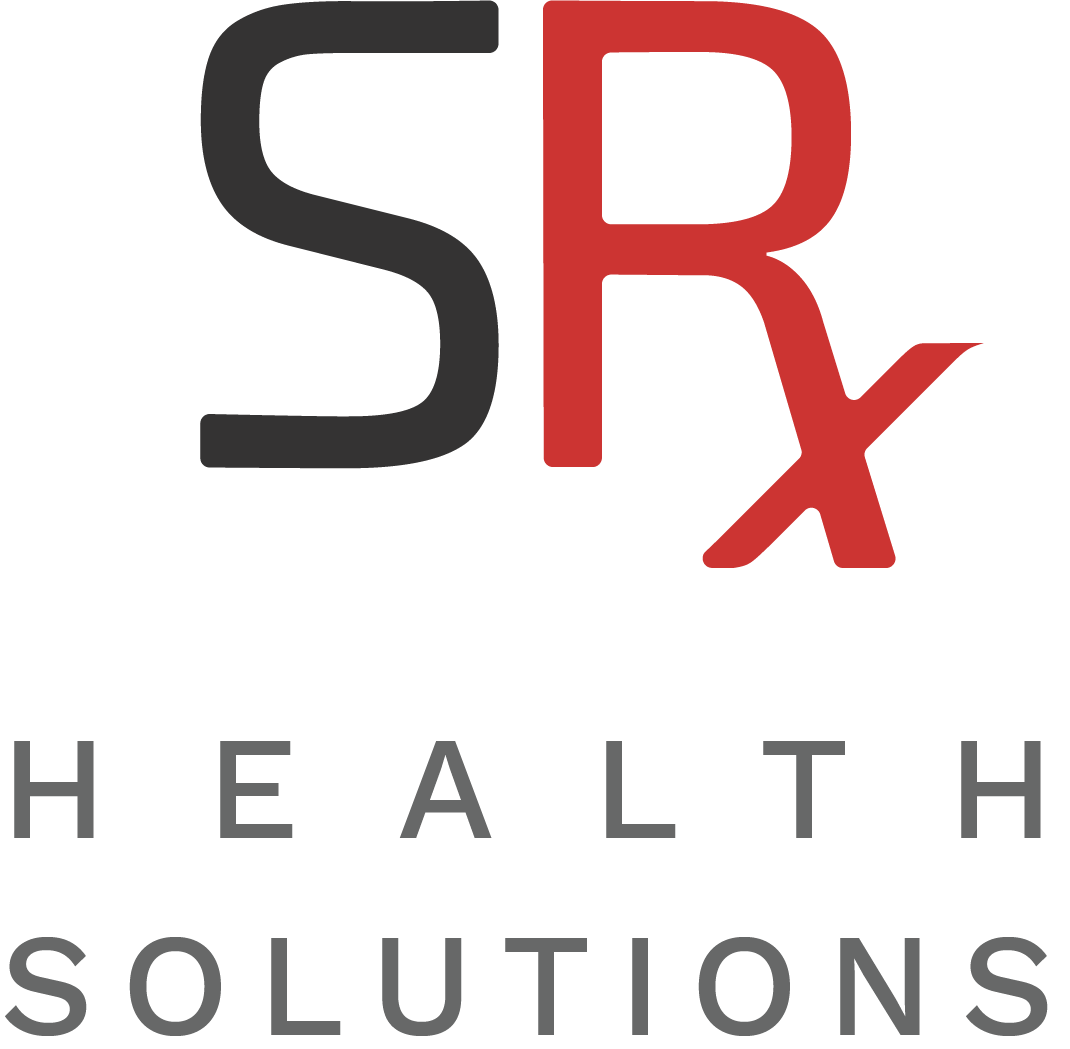Become a subscriber
Join our mailing list to discover new ways to optimize your health, feel incredible, and live longer
When most people hear the word “ketamine,” they think of its use as an illegal drug, especially on the party scene. Like many street drugs, though, ketamine started as a legitimate medication with the best of intentions. In fact, its uses are now expanding. Ketamine is no longer just for emergency situations and operating rooms. If you struggle with major depression, a ketamine infusion could become a vital tool in your treatment plan.
Let’s explore ketamine infusions and how they may be able to help you.
Table of Contents
1. What Is A Ketamine Infusion?
2. What A Ketamine Infusion Can Help With
3. How Does Ketamine Infusion Therapy Work?
4. What Can You Expect During A Ketamine Infusion?
5. What Is the Ketamine Infusion Therapy Success Rate?
6. Is This Treatment Right for You?
7. Finding the Best Way to Feel Like You Again
What Is A Ketamine Infusion?
A ketamine infusion is an intravenous drip of ketamine. You receive this prescription treatment in an IV clinic from an experienced medical professional. The medication slowly enters your veins through an IV drip.
Ketamine was originally developed as an anesthetic. It’s still used this way today, often in emergency settings. For example, medical professionals may use ketamine to calm a patient who is highly agitated.
In the 1970s, not long after its medical use began, ketamine started circulating on the streets for recreational use. Even as early as the 1970s, some recreational users noticed that it helped their depression.
It wasn’t until the 1990s that medical researchers began to seriously study ketamine for depression. In 2000, Biological Psychiatry published the first paper showing promise for ketamine as a depression treatment.
Research moves slowly, but little by little, ketamine is being recognized for its benefits for people with major depression. In fact, in 2020, Canada approved a prescription ketamine nasal spray for depression.
A ketamine infusion is a particularly effective way to treat depression. It allows providers to have strong control over the dosage and when it’s delivered.
What A Ketamine Infusion Can Help With


A ketamine infusion is primarily used to treat major depression. To be more specific, it’s used for treatment-resistant depression. If you have major depression that hasn’t responded to two or more antidepressants, a ketamine infusion could be your next option.
Ketamine infusions are mainly used in people who have suicidal ideation. There’s some scientific evidence that it may also help with conditions like:
- Post-traumatic stress disorder
- Bipolar disorder
- Anxiety disorders
- Certain types of chronic pain
- Obsessive-compulsive disorder
Researchers are still studying ketamine’s effects on many of these conditions. However, its benefits for severe depression, suicidal ideation, and PTSD are well-documented.
How Does Ketamine Infusion Therapy Work?
Like many medications, including acetaminophen (Tylenol), researchers aren’t entirely sure why ketamine works. They believe it helps depression by increasing your production of a neurotransmitter called glutamate.
Low levels of glutamate are linked to depression. Your brain needs glutamate to create new neural pathways for healthy functioning. As a result, researchers believe ketamine allows your brain to develop new neural pathways by increasing glutamate production, which reduces depression.
Regardless, numerous studies show clear improvements in depression symptoms as a result of ketamine therapy.
What Can You Expect During A Ketamine Infusion?
A ketamine infusion is a rather simple medical procedure. You’ll go to a supervised medical facility, likely an IV clinic that specializes in infusions.
After consulting with you, your provider will sterilize your treatment area and place your IV. They will prepare your infusion to have the ideal dose for your needs.
The infusion will gradually deliver the ketamine into your veins. The timing can vary, but it usually takes about 40 minutes. Afterward, you’ll need to stay for another 30 minutes. This lets the provider watch for any side effects or reactions.
When your observation period is over, you’ll be able to go home. You won’t be able to drive, though, so you’ll need someone to bring you home.
You may have side effects after the infusion. These generally last for a few hours at most. Your provider will give you instructions on what is and isn’t normal so you know what to watch for.
A typical course of treatment for depression includes six ketamine infusions. You’ll receive those six infusions over the course of 2-3 weeks.
What Is the Ketamine Infusion Therapy Success Rate?


Ketamine infusions are still a newer intervention, but research into their success rate is very promising. One study found that 85% of patients went into remission from their depression. Remission was defined as a 50% reduction in symptoms or better. This is an astonishingly high success rate for a condition that is notoriously difficult to treat.
Is This Treatment Right for You?
Could ketamine infusion therapy be the best way to treat your depression? This is a very precise medical treatment, so it varies from case to case. Ultimately, your doctor will decide if you’re a candidate for the procedure. Let’s take a closer look at who may be a candidate for ketamine infusions and the pros and cons to consider.
Who This Therapy Is For
Ketamine infusion therapy is generally meant for people who meet certain criteria:- People with a diagnosis of severe depression
- People who have tried at least two antidepressants to treat their depression but haven’t had significant improvement
Your medical history will be a factor in whether you’re a candidate for ketamine infusions as well. Your doctor will be able to take a detailed look at your condition and your needs to determine if you might benefit from ketamine infusions.
Pros
There are numerous benefits to ketamine infusions, including advantages over other types of ketamine therapy. The top benefits include:
- Effective results in treating a particularly persistent and difficult-to-treat condition.
- Fast-acting drug. Patients typically begin seeing results within 1-3 ketamine infusions, which usually take place over 1-2 weeks. Nasal spray ketamine can take four weeks to produce results.
- Potentially long-lasting results. Some studies show that patients experience relief for about three weeks, on average. Some patients in those studies had relief for months.
If you’re a candidate for ketamine infusions, these advantages could be life-changing for you.
Cons
- Treatment time. Between the preparation, infusion, and observation period, each ketamine infusion appointment lasts about 90 minutes. When you’re doing this six times over a few weeks, it adds up. This is a factor to consider when comparing ketamine infusions to other types of ketamine therapy.
- Limited access. Currently, ketamine is only approved for depression in Canada in the form of a nasal spray. Ketamine infusions are an off-label use of the medication. This doesn’t mean the treatments are unsafe, but it does mean there may be fewer clinics that offer them.
- Unavailable for people with certain health conditions. Like most medicines, there are specific health conditions that don’t interact well with ketamine infusions. These primarily include schizophrenia and high blood pressure. It’s also important not to have alcohol in your system during these infusions, so ketamine infusions are contraindicated for people with alcohol addiction.
Ketamine infusions have limitations and challenges like many other medical treatments. For those with major depression, though, these disadvantages pale in comparison to the benefits.
Finding the Best Way to Feel Like You Again
If you’re struggling with major depression and other treatments haven’t worked, ketamine infusions could be the answer. In Canada, these kind of treatment modalities require you to discuss with your physician.




